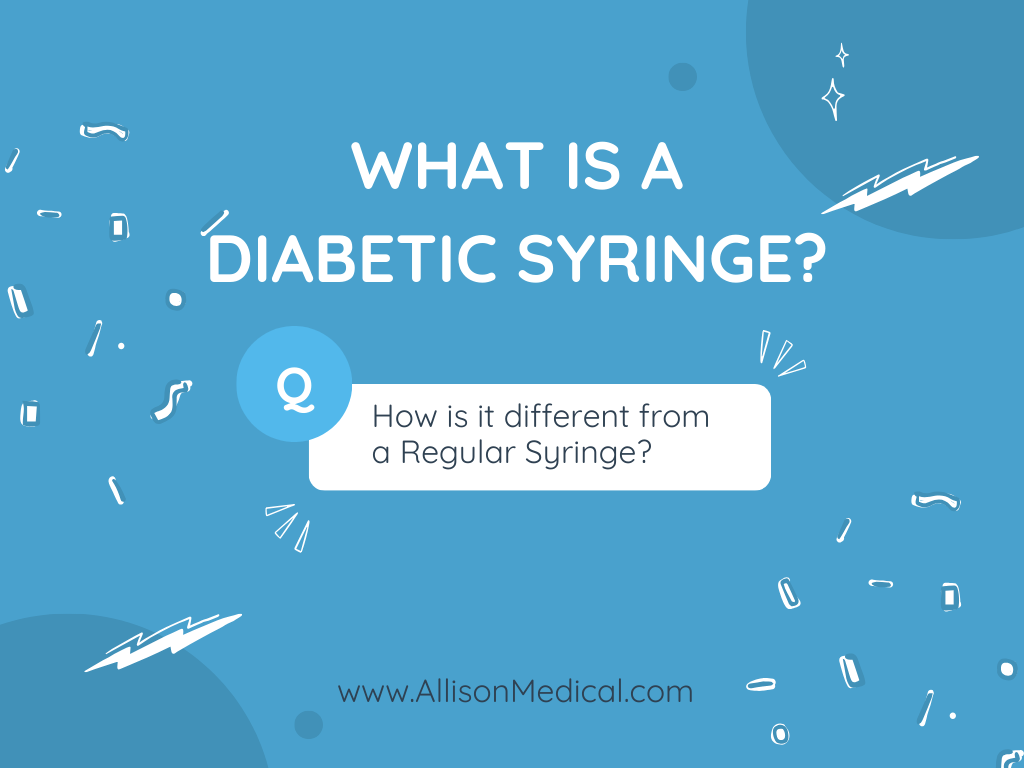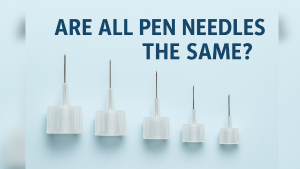Be sure to talk to your healthcare professional before making any treatment changes.
Navigating the Essentials of Diabetic Care
Introduction
Living with diabetes often involves a multitude of tools and devices to manage the condition effectively. One such tool is the diabetic syringe, a fundamental component in insulin administration. In this article, we will delve into the world of diabetic syringes, exploring what they are, how they differ from regular syringes, and the importance of using them correctly in diabetes management.
Understanding Diabetic Syringes
Definition and Purpose
A diabetic syringe is a specialized medical device designed for administering insulin to individuals with diabetes. It serves as a crucial instrument in maintaining blood sugar levels within a healthy range. Insulin, a hormone that regulates blood sugar, is typically injected into the body using these syringes.
Anatomy of a Diabetic Syringe
Components and Functionality
– Barrel: The barrel of a diabetic syringe holds the insulin solution.
– Plunger: The plunger allows for the precise measurement and controlled injection of insulin.
– Needle: The needle is the point of entry for insulin into the body.
– Graduation Marks: These marks on the barrel help in accurate dosage measurement.
Diabetic Syringe vs. Regular Syringe
Key Differences
Diabetic syringes are distinct from regular syringes in several ways:
1. Needle Size and Gauge: Diabetic syringes typically have finer needles and lower gauges, making insulin injections more comfortable and less painful.
2. Measurement Units: Diabetic syringes use insulin-specific measurement units, often in international units (IU), to ensure accurate dosage.
3. Insulin-Specific Markings: The graduation marks on diabetic syringes are calibrated for insulin doses, facilitating precision.
4. Sterility and Single-Use: Diabetic syringes are designed for single-use to maintain sterility, whereas regular syringes might be reused for various purposes.
5. Special Features for Safety: Some diabetic syringes include safety features to prevent accidental needlestick injuries.
Selecting the Right Diabetic Syringe
Factors to Consider
When choosing a diabetic syringe, consider factors such as the type and dosage of insulin you use, as well as personal preferences. Consulting a healthcare provider or diabetes educator can help ensure the right choice.
Proper Use of Diabetic Syringes
Step-by-Step Guide
1. Measuring and Drawing Insulin: Follow a step-by-step guide for accurate measurement and drawing of insulin into the syringe.
2. Tips for Accuracy: Learn techniques to ensure precision and minimize errors in insulin dosage.
3. Safe and Comfortable Injections: Discover methods for safe and comfortable injections, including choosing the right injection site.
Storage and Disposal of Diabetic Syringes
Guidelines for Safety
– Properly store diabetic syringes to maintain their sterility and effectiveness.
– Safely dispose of used syringes to prevent accidents and contamination.
Sources: [American Diabetes Association], [WebMD]
Common Mistakes to Avoid
Preventing Errors
– Learn about common mistakes people make when using diabetic syringes and how to avoid them, such as incorrect dosage measurement or injection technique.
Conclusion
In the realm of diabetes management, understanding the role of diabetic syringes is paramount. These specialized devices, distinct from regular syringes, play a crucial role in administering insulin accurately and safely. Remember, proper usage is essential for effective diabetes care. If you have any further inquiries or comments, do not hesitate to seek guidance from your healthcare provider or diabetes educator. Your journey to better diabetes management starts with mastering the essentials of diabetic care.
For More:









